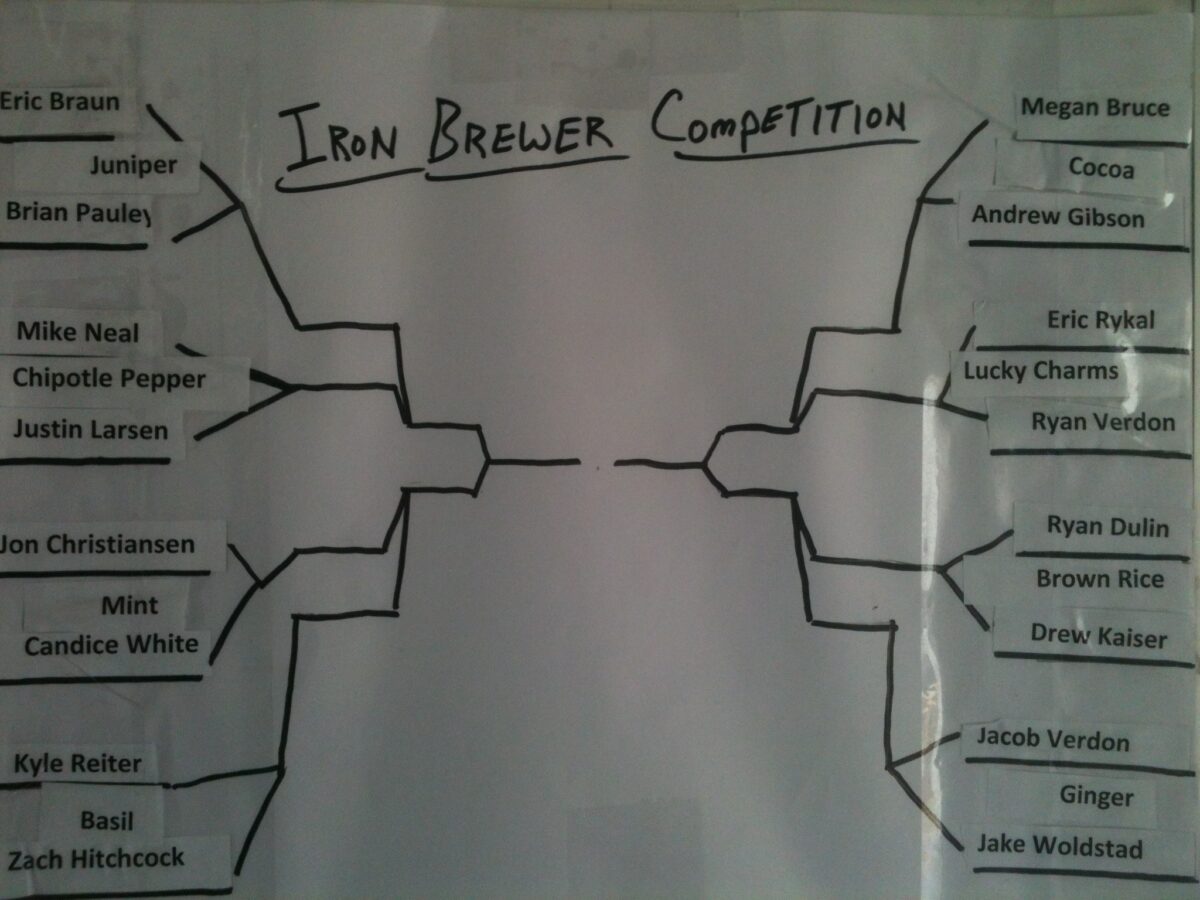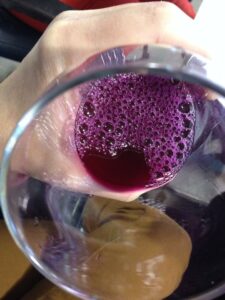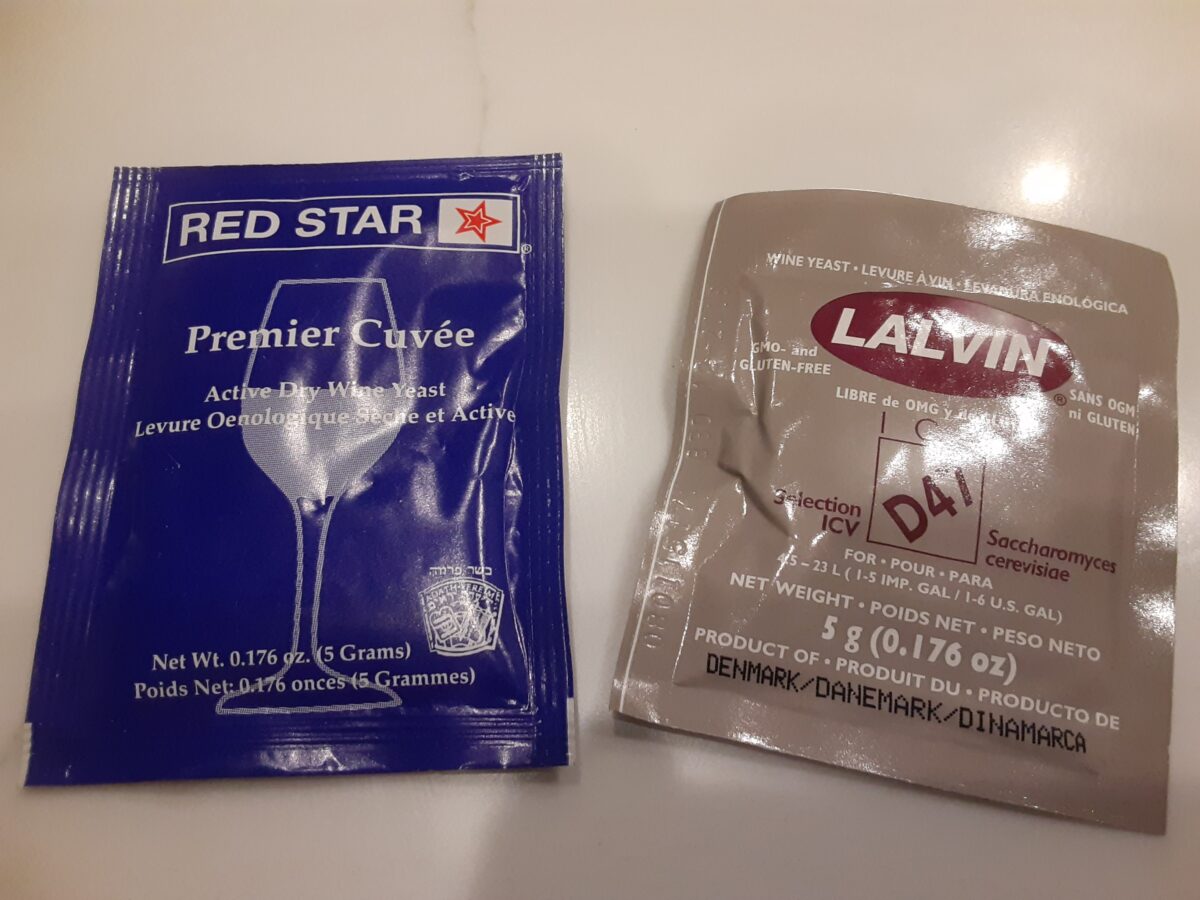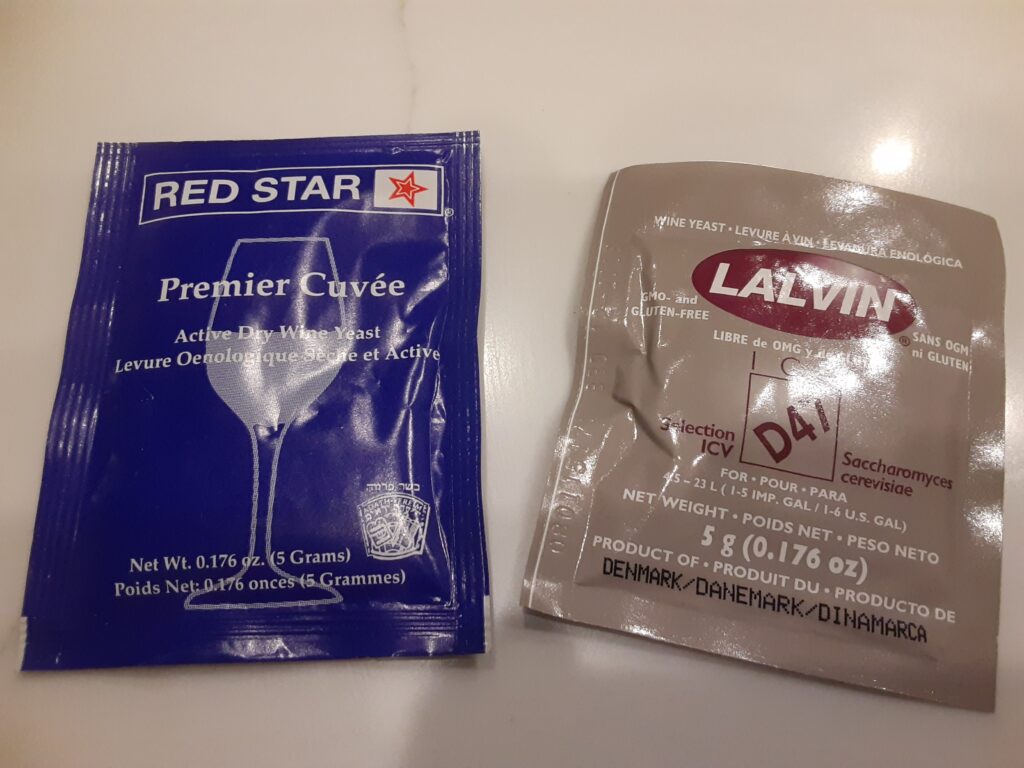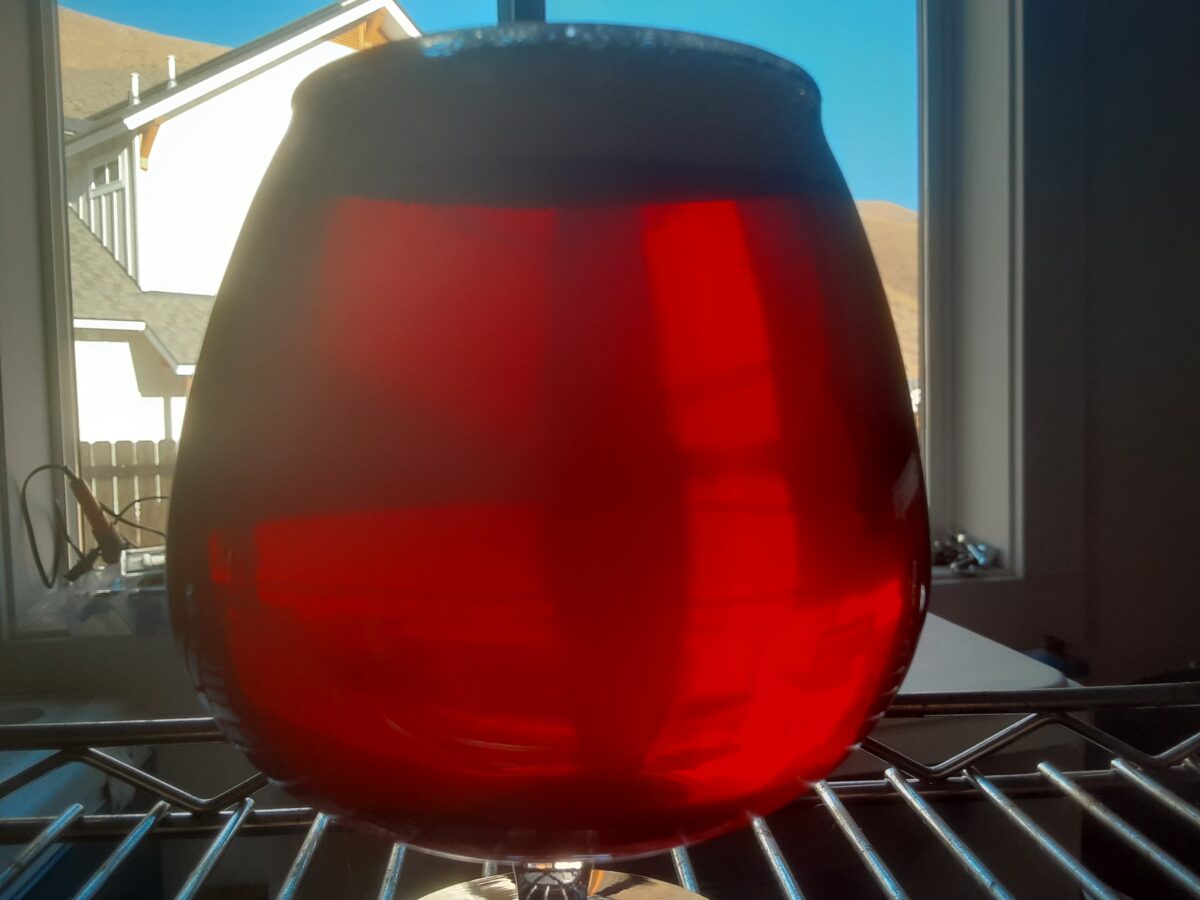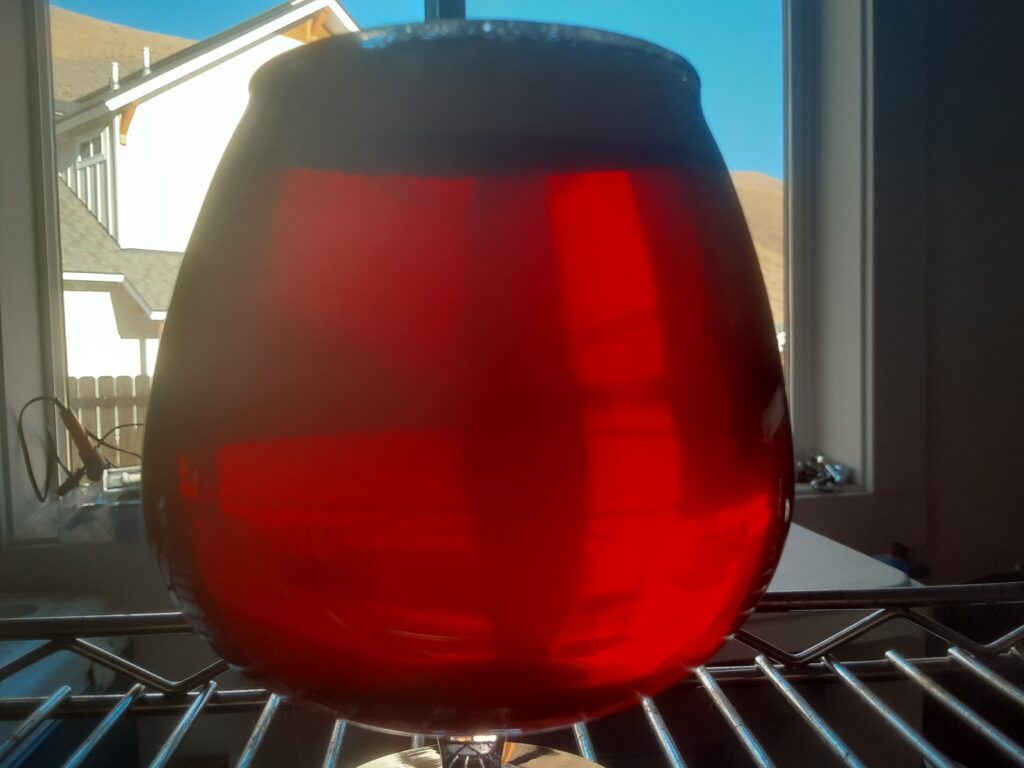As brewers, it’s easy to fall in to a rut of making beers that we know we like or sound interesting. Maybe there’s a recipe you found online for a hot, new commercial beer you can’t get your hands on.
But one of the things that really forced me to step outside my brewing comfort zone was joining a local Iron Brewer Competition. It combined the craziness of Iron Chef, homebrewing, and a 16-place playoff bracket.
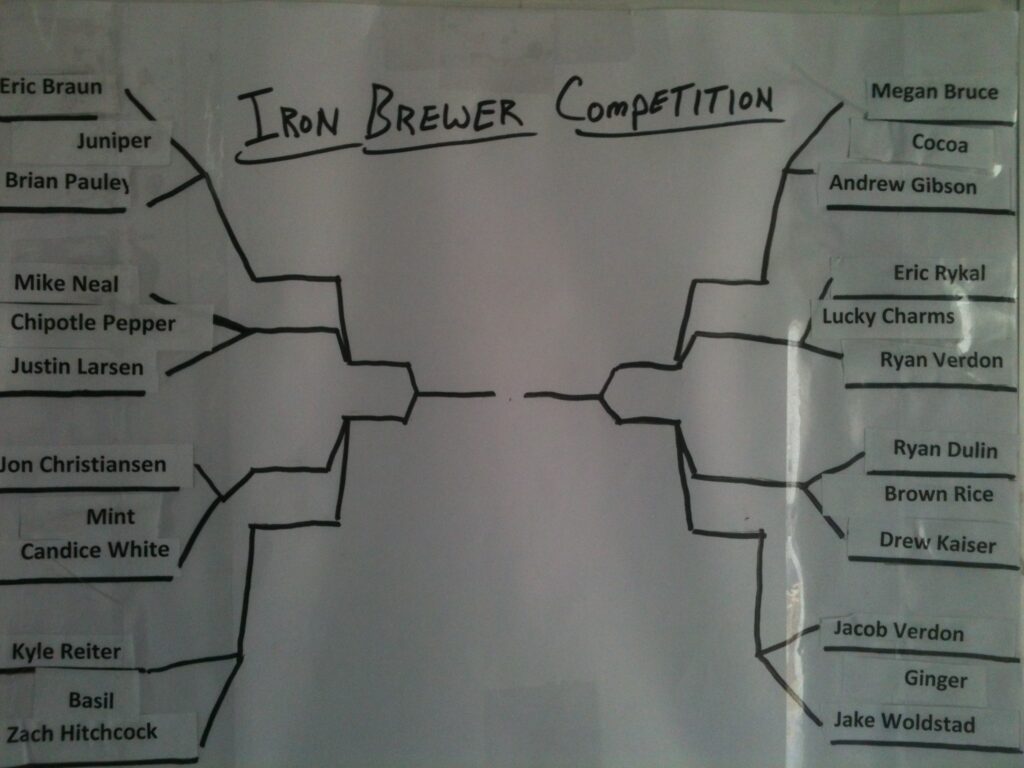
The photo above was from my first year participating, back in 2013. It was so much fun, and how many times do you decide to brew a milk stout with 3 types of ginger because you’re inspired by the flavors in gingersnaps? Not enough times, unless you’re trying to use a weird ingredient.
Challenges Grow
That first year, in 2013, the competition was organized by Brewer Jon, who now owns Zymurgy Brewing in Menomonie, WI. I helped him with the next couple iterations, and had a great time.
One of the challenges with a multi-round competition is scheduling. Until I was trying to arrange dates that worked with all the contestants, I didn’t realize how hard it was to coordinate 16 different schedules to both allow enough time to produce a beer and not conflict with family events.
Weirder and Weirder
Since the competition drew inspiration from the Iron Chef TV show, where contestants didn’t know what unusual ingredient they would have to highlight, the challenge ingredients got more and more unusual.
Some of my favorite beers resulted from challenges that were a concept, rather than a specific ingredient. My gingersnap milk stout was fine, but in subsequent years, one of the best beers of the competition was an answer to the challenge of “pancake breakfast”. Brewers could interpret the challenge however they wished.
The pancake breakfast beer was downright amazing. Its stout base combined with added coffee to present that roasty, coffee flavor I love right away in the morning, which faded into flavors of maple syrup complemented by a lingering toasted bread flavor that reminded me of pancakes.
And even the beet beer was pretty good.
Find a Challenge
Whether you can find a similar competition in your area, I have no idea. But if you have the chance, don’t be afraid to jump in and enjoy the weirdness.
If you can’t find a competition, but can get a few friends together, pick a challenge ingredient and #BrewUpAnAdventure!
